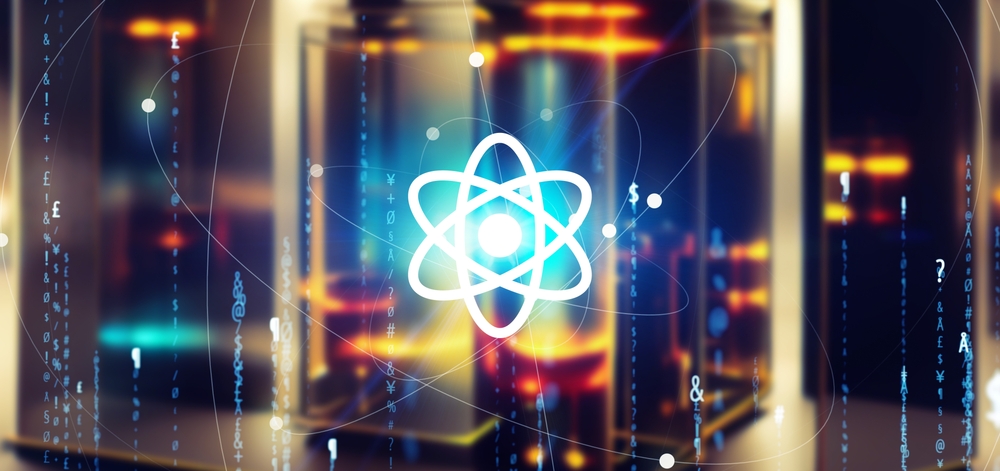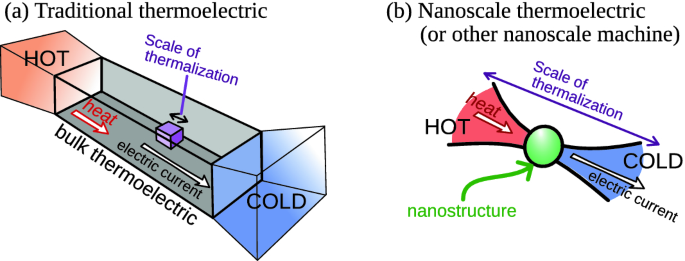Introduction
Artificial Intelligence (AI) has come a long way since its inception, but one of the persistent challenges has been the computational complexity of many AI tasks. Traditional computers, while incredibly powerful, have limitations when it comes to handling certain types of calculations, such as optimization problems and large-scale data analysis. However, there’s a new player on the scene that’s changing the game: Quantum Machine Learning (QML).
Understanding Quantum Machine Learning
At its core, QML combines quantum physics and machine learning to create algorithms and models that leverage the unique properties of quantum systems. Unlike classical bits, which can represent either a 0 or a 1, quantum bits or qubits can exist in a superposition of states, allowing them to represent multiple possibilities simultaneously. This fundamental difference is what makes quantum computing so powerful for certain types of computations.
Quantum Machine Learning takes advantage of this property to perform complex calculations exponentially faster than classical computers. Here’s a brief overview of some of the key concepts and principles that underpin QML:
Quantum Superposition: Qubits can exist in a superposition of states, enabling them to explore multiple solutions to a problem simultaneously. This property is particularly valuable for tasks like optimization and searching.
Quantum Entanglement: Entanglement is a phenomenon where the state of one qubit is linked to the state of another, even when they are separated by large distances. This property allows for the creation of highly interconnected quantum circuits.
Quantum Interference: Quantum interference occurs when the probability amplitudes of different quantum states interfere constructively or destructively. It can be harnessed to amplify the likelihood of correct answers in quantum algorithms.
Quantum Parallelism: Quantum computers can perform operations on many qubits at once, exponentially increasing their computational power for certain tasks.
Applications of Quantum Machine Learning
The potential applications of QML are vast and span a wide range of fields. Here are some areas where QML is making significant strides:
Drug Discovery: Pharmaceutical companies are using QML to simulate molecular interactions and discover new drugs more efficiently.
Financial Modeling: QML can optimize complex financial portfolios and predict market trends more accurately, leading to better investment strategies.
Cryptography: Quantum algorithms have the potential to break current encryption schemes, but they can also be used to create quantum-safe encryption methods.
Machine Learning Acceleration: QML can accelerate classical machine learning algorithms, making them faster and more powerful.
Artificial Intelligence: QML has the potential to enhance AI models, enabling them to process and analyze data at unprecedented speeds.
Key Quantum Algorithms
Several quantum algorithms are at the forefront of QML research, each with its unique applications. Some of the most notable ones include:
Grover’s Algorithm: Grover’s algorithm is designed for searching an unsorted database and can provide a quadratic speedup over classical algorithms.
Shor’s Algorithm: Shor’s algorithm threatens current encryption methods by efficiently factoring large numbers, a problem that is classically hard.
Quantum Support Vector Machine (QSVM): QSVM is a quantum analog of the classical Support Vector Machine (SVM), used for machine learning classification tasks.
Quantum Neural Networks: These are quantum versions of artificial neural networks that leverage the parallelism and entanglement of qubits for improved performance in deep learning tasks.
Challenges and Limitations
While Quantum Machine Learning holds immense promise, it’s not without its challenges and limitations. Some of these include:
Error Rates: Quantum computers are highly sensitive to noise and errors, making error correction a critical issue.
Scalability: Building large-scale, fault-tolerant quantum computers is a formidable engineering challenge.
Expertise Gap: Developing quantum algorithms and programming quantum computers requires specialized knowledge and skills.
Interfacing with Classical Computers: Integrating quantum and classical systems seamlessly remains a challenge.
The Future of Quantum Machine Learning
As researchers continue to push the boundaries of quantum computing, we can expect Quantum Machine Learning to play an increasingly significant role in shaping the future of AI. The development of practical quantum computers and algorithms will unlock new possibilities and solutions for problems that were previously intractable.
In conclusion, Quantum Machine Learning represents a leap forward in AI that has the potential to revolutionize industries, solve complex problems, and advance our understanding of the universe. While there are challenges to overcome, the progress in this field is nothing short of astounding, and it’s an exciting time to witness the convergence of quantum physics and artificial intelligence.
As QML continues to evolve, it’s essential for researchers, businesses, and policymakers to stay informed and actively engage with this groundbreaking technology. The future of AI is quantum, and the possibilities are limitless.






